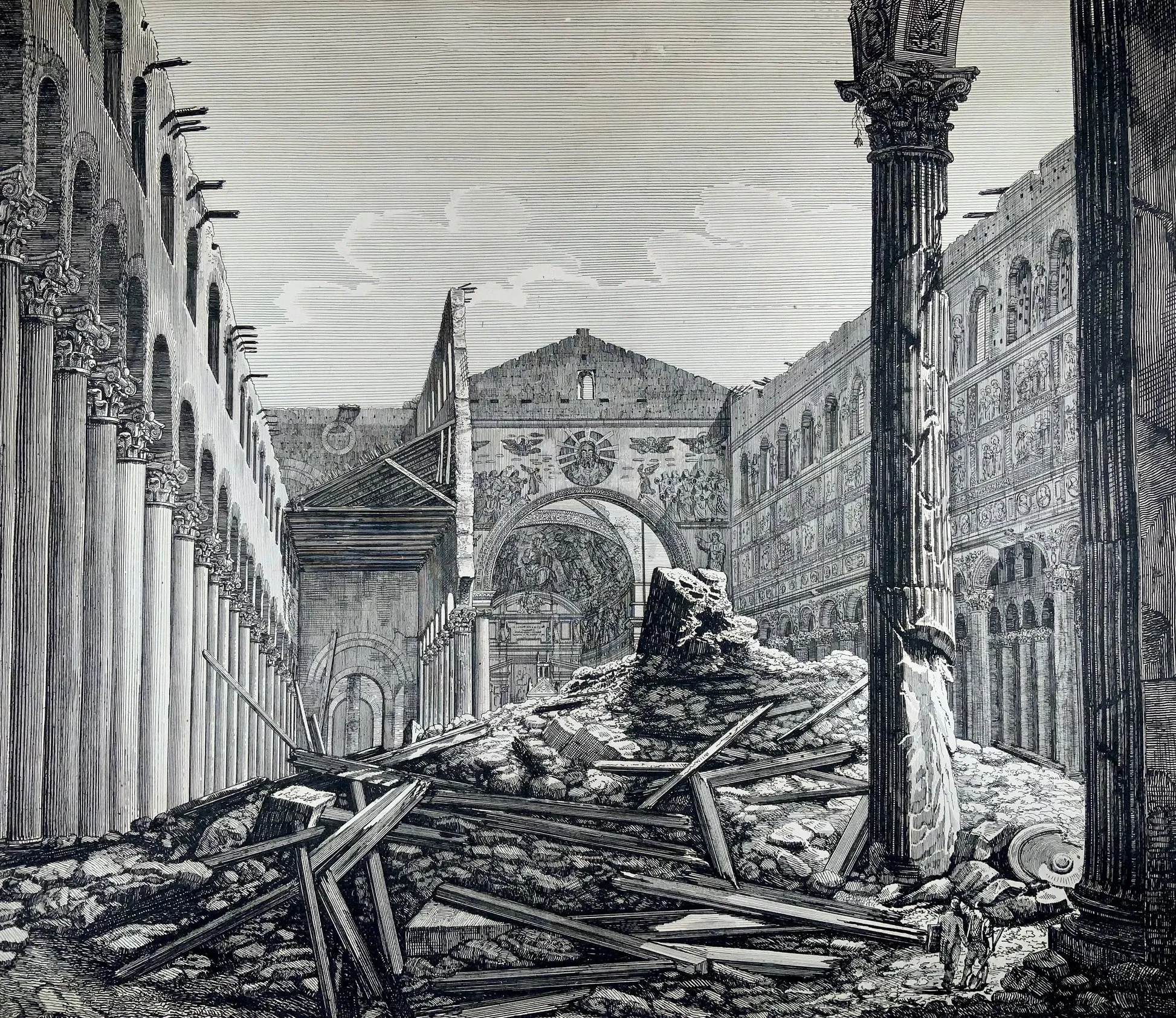 One of 100 ancient churches identified for preservation by France’s Patrimony Foundation, this church is in Cachen, located within the Nouvelle-Aquitaine region of southwestern France. / Credit: Wikimedia Commons
One of 100 ancient churches identified for preservation by France’s Patrimony Foundation, this church is in Cachen, located within the Nouvelle-Aquitaine region of southwestern France. / Credit: Wikimedia Commons
CNA Staff, Jun 4, 2024 / 06:00 am (CNA).
The danger that has been threatening France’s religious heritage for decades is becoming a matter of concern to the authorities and the general public.
As experts estimate that the country loses a religious building every 15 days, the country’s leading historical preservation nonprofit “Fondation du Patrimoine” (“Patrimony Foundation”) has launched a campaign aimed at restoring a thousand buildings, the vast majority of which are Catholic, in rural areas of the country.
This is the first time that the nonprofit organization, founded in 1996 to promote French heritage, has launched such a major campaign to raise awareness and preserve religious monuments. As part of the campaign, the foundation released a list of the first 100 sites to benefit from renovation funding.
The grants are aimed primarily at religious buildings in municipalities with fewer than 10,000 inhabitants in mainland France and fewer than 20,000 inhabitants in the French overseas territories, which cannot be protected by the French state as historical monuments.
Since the French Revolution (1789), which nationalized clergy property, and the 1905 law separating church and state, most religious heritage has belonged to municipalities, which are often unable to meet the costs of maintaining the sites. The preservation of historic places of worship also tends to be at the bottom of their budget priorities.
Of the 45,000 Catholic sites in France, only 15,000 are classified as historical monuments, as the president of the French Religious Heritage Observatory pointed out in a 2021 interview with CNA. For its part, the Patrimony Foundation estimates that some 5,000 religious monuments are currently directly threatened with extinction.
This list of the 100 sites selected by the foundation — spread throughout the French territory and most of which required urgent work — represents just the first ambitious move in a vast project to rehabilitate some 1,000 religious buildings over the next four years. The aim is to raise a total of 200 million euros (about $218 million) through corporate and individual donations.
The first subscription, which runs until the end of 2025 and includes special tax deductions, currently stands at just over 2.6 million euros ($2.8 million), thanks to the participation of some 14,000 people.
While this sum is still a long way short of the 15 million expected for the first 100 monuments awaiting renovation, Patrimony Foundation officials are noticing a new awareness on the ground, which is tending to become more widespread as the need grows to enhance the value of rural life and all that can represent anchoring and rallying points for communities.
“Even if they no longer go to Mass, [the French] are attached to their monument, to the steeple that gives them their identity, that establishes a landmark in space. People don’t want us to do just anything with their church,” Guillaume Poitrinal, president of the Patrimony Foundation, told the weekly Le Point.
He also pointed to a “Notre-Dame effect” in this growing public awareness of the decay of France’s heritage, of which religious monuments form a substantial part. Following the fire at the famous Paris cathedral in 2019, the images of which stunned and moved the whole world, some 40 million euros ($44 million) had been donated via the same Patrimony Foundation by 236,000 different donors.
If the campaign achieves its objectives, it could pave the way for additional large-scale initiatives, marking a real turning point in mindsets and heritage preservation policies.
[…]







